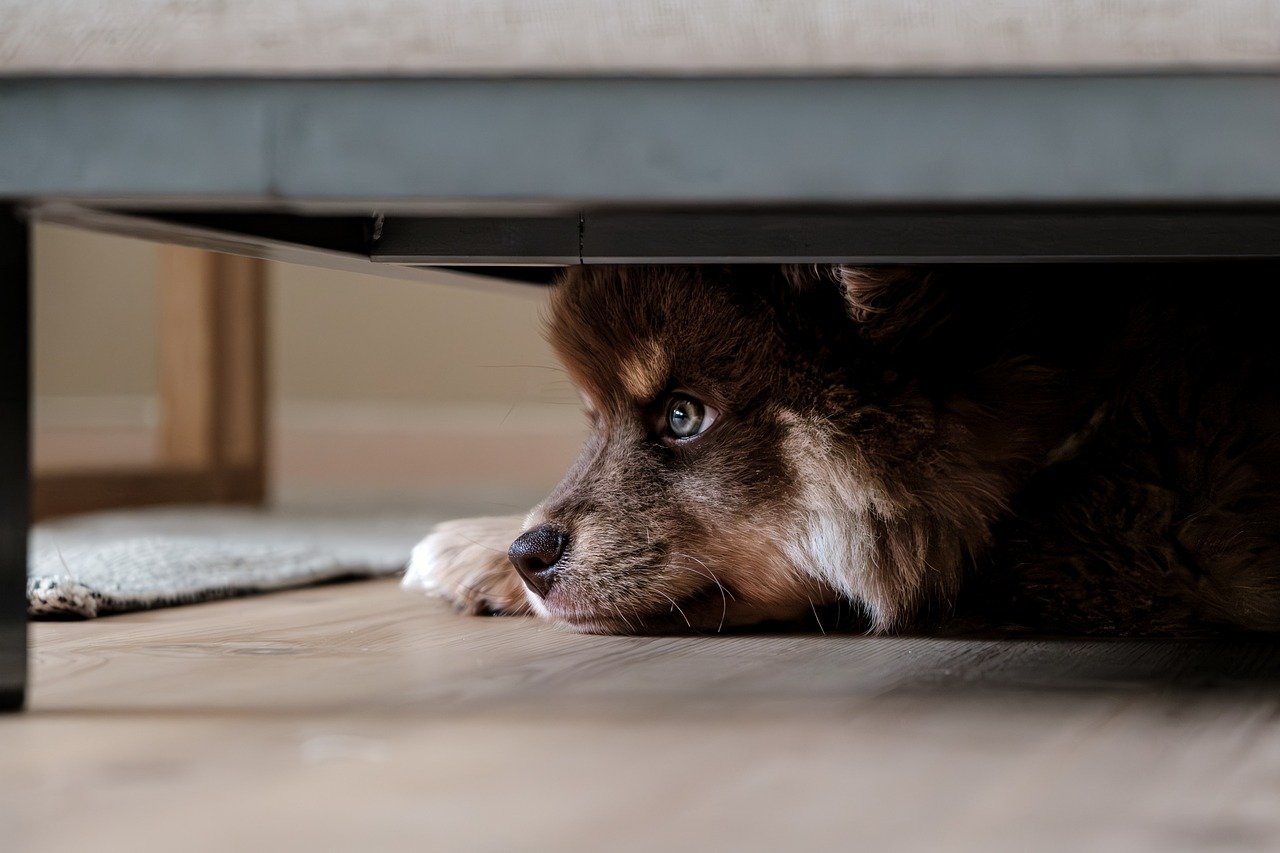After dealing with one hurricane, the potential for another in Florida means many of us might need to take shelter again soon. And when sheltering, your dog won’t be able to understand why they must spend extended periods in a crate. You wish you could explain how important sheltering is to stay safe, but they just don’t understand. However, there are ways to make them more comfortable when sheltering for long periods, as well as make the entire experience comfortable and enjoyable for everyone in the vicinity.
Preparing Your Dog for Long Crate Stays
Hurricane shelters are unfamiliar, noisy, and stressful environments for both humans and pets. Dogs, particularly those who love running around the yard, may feel anxious or confined when asked to stay in a crate for unexpectedly long periods. Before the next storm hits, gradually get your dog accustomed to staying in the crate for longer stretches of time at home. Crate time should increment in small amounts daily, all the while offering high-value toys and rewards to make the crate experience enjoyable.
However, your dog may react differently in chaotic conditions—situations that vary greatly from the pristine atmosphere of your home. Don’t scare your dog unnecessarily, but try to simulate similar conditions at home by playing background noise that mimics a busy environment (crowd noise, wind sounds, etc.) while your dog is in the crate. It can help desensitize them to unfamiliar sounds when you need to shelter for real.
And remember, when packing for the shelter, bring items that comfort your dog and remind them of home. If you train with these items, bring them with you, or your dog will not have the best experience they can have.
How To Deal with Disruptions in Public Shelters or Shared Spaces
Shelters aren’t supposed to be luxury vacations; their purpose is to provide a safe space for fellow residents during a hurricane. But unruly behavior or constant barking from your dog can add to the stress of those around you, so here are some practical ways to minimize disturbance:
Bring Chew Toys and Puzzle Games: Keeping your dog mentally stimulated during extended crate stays can prevent boredom, restlessness, and the barking or whining that typically follows.
Exercise Before Crating: One of the best ways to help your dog relax in the crate is to tire them out before going inside. Before heading to a shelter or placing them in a crate for an extended period, take your dog for a walk or engage them in active play. A physically tired dog is much more likely to settle down and rest in the crate than one with pent-up energy. Make sure that any time you spend outside before sheltering is safe; even tropical storm-level winds can be dangerous depending on your surroundings.
Prevent Excessive Barking or Whining: Constant barking or whining can quickly become a problem in crowded shelters. Teaching your dog the “quiet” command before you find yourself in this situation is an easy way to limit their bad behavior. Practice this command at home by rewarding your dog for quiet behavior when asked. This isn’t something you can teach in one sitting, but you should begin working on it now to see results as soon as possible.
Plan for Bathroom Breaks: Accidents can happen if a dog is confined for too long without adequate bathroom breaks. You can bring pee pads or portable litter systems specifically designed for dogs, especially if your sheltering situation doesn’t allow for frequent outdoor trips. Many shelters are pet-friendly, but others may not allow you to take your pets into common areas.
Hurricanes bring immense stress to your entire family, including your four-legged furry family members. As an owner, the best way to keep them happy and healthy during a shelter order is to control their behavior through training.
Gulf Coast K9 Dog Training can help you and your dog build a bond through training and improve their behavior inside and out of a crate. Call today to learn more about our dog and puppy training programs.





